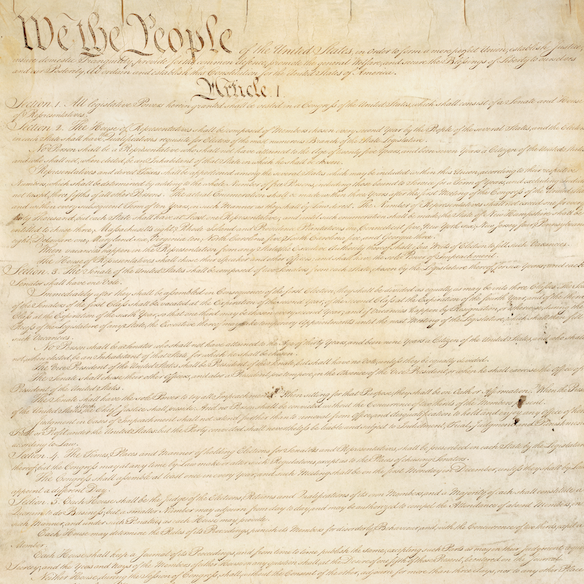The us constitution, Part 1
We’re excited to start a series on the United States Constitution!
In the US, the ultimate legal authority is not the president or a legislative body, but our Constitution.
preamble
In the Preamble, they explain the purpose of establishing this Constitution:
– to establish Justice
– to insure Domestic Tranquility
– to provide for the common defense
– to promote the general welfare
– to secure the blessings of Liberty
It is our job as citizens to hold our government responsible to defend and provide these things.
ARticle i
Article I of the Constitution covers the legislative powers. The Founders separated these powers between two houses – the Senate and the House of Representatives. The Senate allows each state to send two senators. This allows smaller states to have an equal voice in the government.
The House allows for the number of representatives from each state to be based on the state’s population, and they are directly tied to “districts” within a state, making them accessible and more “representative” of their local community. Between these separated houses, there is a voice for all Americans.

As Americans, we are responsible to be involved in our senators’ and representatives’ decisions in Washington. Their offices are designed to hear the voice of the people, and most have local offices that can also be visited, so you can get to know your representatives personally.
Representatives are up for reelection every election cycle (every two years). Learn more about your representative and prepare to vote on Nov. 3!
“As Americans, we are responsible to be involved in our senators’ and representatives’ decisions in Washington.”
ARticle i: Section 2
This section describes the three qualifications a US Representative must meet:
– At least 25 years old
– Been an American citizen for at least 7 years
– Resides in state they represent
These qualifications encourage that the representatives are truly Americans, of a more mature age, who know their constituents needs because they are from them. Do you know your representative and does he/she know you? Does he/she defend the values that an American citizen should and the issues that are important to your district? This is the type of accountability our founders desired when they wrote these qualifications.
This section of the US Constitution contains a glimpse of the Founders’ position on slavery.
The number of representatives is based on the population of each state. This section includes the Three-Fifths clause, where, in counting population for representation, slaves were counted as 3/5th of a person. Here’s some history on the Three-Fifths Clause:
“…The three-fifths clause was not a pro-slavery clause, and it did not relate to human worth; rather, it was an anti-slavery apportionment provision designed to limit pro-slavery Southern representation in Congress.”
Visit @wallbuilders to learn more about the Founding Fathers’ position on slavery.
The US Constitution speaks of having a census every ten years to determine the number of representatives sent to the US House of Representatives from each state based on population.
To be continued….

Recent Comments